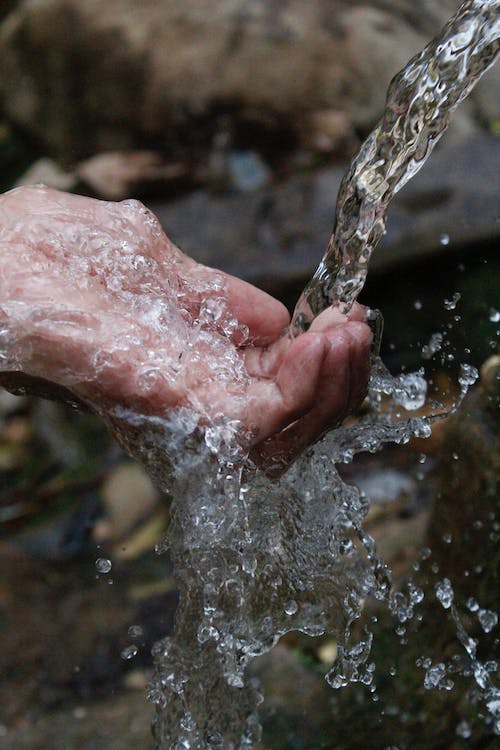
(NewsDakota.com) – By Lucy Wyndham
As winter storms bring more snow to North Dakota, residents are already concerned about flooding during the spring melt. While water levels may not be as high as those experienced during state-wide flooding in 2011, spring storms were severe enough last year to prompt the declaration of a major presidential disaster. Protecting the state from widespread flooding and the extensive damage that it can cause to infrastructure and properties is now a priority. To address the issue, a number of flood prevention programs are already well established, while a newly proposed management plan aims to make better use of data and upgraded technology to implement more extensive flood alleviation schemes.
Protection for Properties Vulnerable to Flood Damage
Although the rivers of North Dakota regularly break their banks, extensive flooding has become more common over the last 20 years throughout the state. Flooding can cause significant water damage to buildings and their contents, especially if materials remain wet for any length of time. While individual households can take steps to mitigate the negative effects of water damage, North Dakota’s floodplain management makes use of federal plans that help to improve the flood resistance of communities designated as Special Flood Hazard Areas by the Federal Emergency Management Agency (FEMA). FEMA also helps communities to protect themselves financially if they adopt ordinances aimed at reducing the risk of flooding in their area.
Evaluating Measures to Prevent Flooding
In Grand Forks, members of the City Council were recently presented with a revised master plan for flood protection. Following concerns over flooding events last April and the fact that more water is entering the city from rural areas, the first phase of the plan will be used to collect data, evaluate current flood protection systems and look at improving drainage standards. City engineers have recommended updating computer software in order to improve analysis of this information. With funding of over $560,000 from the Grand Forks Flood Protection Capital Maintenance Fund, phase two of the plan will see an extension to south-end flood protection without interfering with existing facilities.
Completion of Flood Risk Reduction Project
A flood risk reduction project for the city of Grafton has already reduced the risk of rising water levels in the city and now provides permanent protection from flooding. The plan has been so successful that from 9th February the National Weather Service in Grand Forks will stop providing forecasts for the Grafton gauging location. This is because efforts to divert water away from Grafton as part of its Flood Risk Reduction Project were completed in spring of 2020, and now the city no longer sits on a 100-year flood plain.
While the risk of flooding in North Dakota remains, flood management programs, projects to reduce risk, and plans to provide protection are helping communities throughout the state to mitigate the risks of serious flooding and the extensive damage it can cause.
